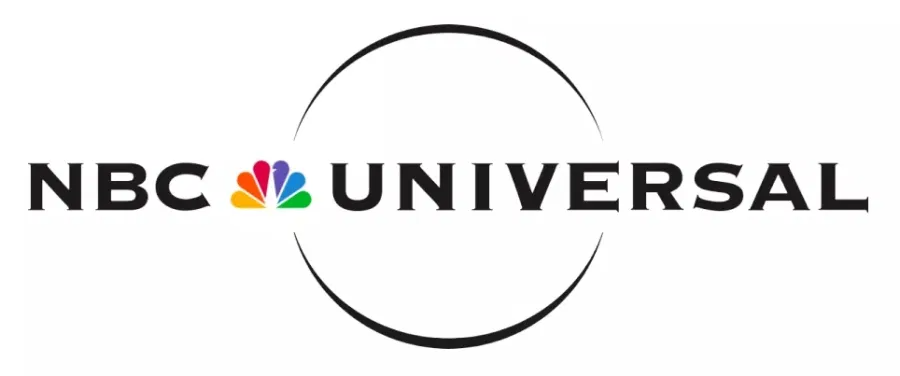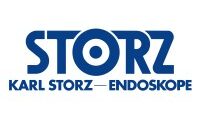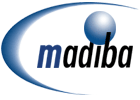Closed Loop

Why plan and integrate?
To effectively reconcile budget planning with actuals to date, as well as set limits in the ERP on cost center spending, cost center managers will need to rely on closed loop planning. Our solution provides a complete financial integrated solution including closed loop planning and integrated corporate planning for P&L, critical to cash flow planning and tax planning.
Closed Loop Planning

Corporate financial (P&L) planning
The cost-center manager plans for a certain budget in OPEX (operational expense) planning module for an individual or a group of cost-centers. If the forecasted demand quantity times the budgeted standard cost of goods sold COGS amount is lower that the OPEX budget planned, then the difference between the two can give a fair estimate of under-absorption ( or over-absorption when the forecast exceeds OPEX budget) to the cost-center manager. Our integration aims to minimize this over or under absorption as reflected in the ‘other COGS’ line item in the P&L structure. Subsequent, indirect cost allocation will culminate in total costs for the projects. Expenses such as R&D, DME (Durable Medical Equipment) cost by product, and information technology (IT) are recorded in OPEX and/or CAPEX (capital expenditure) as appropriate. Our final integration takes feeds from standard Gross Margin module, and OPEX planning module, to form the complete P&L structure that gives the Net Profit or the Earnings before Interest, Taxes and Amortization, EBITA (depreciation included in General And Administrative Expense, G&A and standard COGS) in the corporate planning module.
Insights into the modules
A. Personal Cost Planning
The objective of personnel cost planning module is to enable management executives (typically VPs) to identify the accounting cost of personnel, based on positions. The module analyses the open and filled positions to compute the salary and wages that need to be planned, which are then directly loaded to OPEX planning module. It facilitates adherence to confidentiality, by making the salary and wages information inaccessible to cost-center (or the budget) manager.
B. Project Planning
If the cost center manager is responsible for planning company projects, the project planning module (a module in SAP called Project Systems) is used to plan at granular level various activities, tasks and processes. The direct cost by WBS (Work Break Down Structure) is planned in this module. It also allows comparison between plan and actuals if the latter is captured.
C. OPEX Planning
Also known as cost-center planning module, the OPEX module gives a holistic view of total (direct and indirect) operational costs/expenses planned on respective cost-center. The cost-center manager, plans for the remaining GL (General Ledger) accounts (e.g. training, stationery etc.) pertaining to his individual cost-center in OPEX planning module. Further, the direct external costs planned such as costs to be incurred by external consultants, software, and hardware, are also populated into OPEX module.
By the end of A, B, C and D module implementation, the planning for the following entities in P&L statement structure is complete, as these information can be pulled from OPEX module :
- Sales and marketing expense.
- Research and development expense.
- General and administrative expense.
- Cost of goods sold or COGS (both the standard & the other COGS)
D. CAPEX Planning
The CAPEX module computes the depreciation forecast for the assets that can be capitalized. Based on depreciation rate and actual value, the CAPEX module calculates depreciation at three levels:
- Systems deployed (‘capitalized’) in past.
- Systems whose build is in-progress and are due for go-live.
- Systems in pipeline to be built.
- The actual asset value for systems already deployed (‘capitalized’), and systems whose build is in-progress, can be sourced from the ERP system.
E. Standard Gross Margin Planning
The gross margin planning module is used to plan sales. This module pulls budgeted standard cost from production module that holds the COGS database and the ERP. Standard cost at manufacturing for a year, rolled up for the total demand quantity, will indicate the standard COGS as per the P&L line item.
F. Corporate Planning
The corporate planning module is the final module where the integrated budgeted solution is to be produced from above feeds discussed so far. Salaries expense (from Personnel Cost Planning module), depreciation expense in IT assets (from Capex module), building expense (overhead allocations such floor space cost etc.), and the over/under absorption (from OPEX module) are the uncontrollable costs. The expenses towards training, stationery etc. are the controllable costs that can be modified. These expenses map to P&L line items: Other COGS, Sales & Marketing expenses, R&D expenses, and G&A expenses.
Our Clients
Intellectuals Row the Boat Together
We join hands with various companies to explore the genius in everything they do and offer opportunities that change the way they feel about transition






IMPORTANT NOTE: Madiba is not associated with or sponsored by the any of these registered or trademark owners.
Over 1500 +
Completed Projects & Still Counting.
20+
Years Of Experience
200+
Happy Clients
240+
SAP Consultants
1500+
Projects Done
Meet Our Experts Team
Madiba experts help you transform your business through innovation and technology!

Duane Bosch

Steve Wayland

Steve Graef

Hendrik Gerryts

Jeremy Shinkfield

Manoj Dhir
Got Questions? Get in Touch with our Experts!
Madiba Insights
Webinar
Madiba Active – SAP ECC to S/4 HANA conversion made simple
Madiba Active – PM’s handout for SAP S/4 HANA conversion Webinar M007
Follow Us
16481 Scientific Irvine, CA 92618
Phone: +1 (949) 716-8979
Fax: +1 (949) 271-4073
Email: info@madiba.com
Web: www.madiba.com




